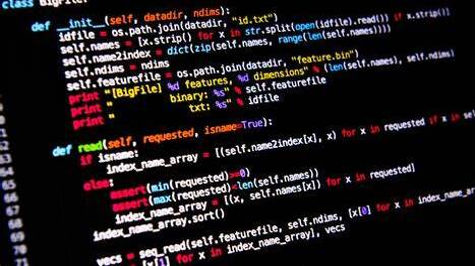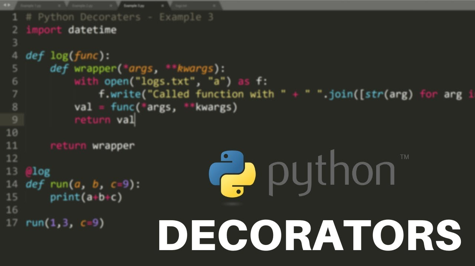Python lists are an essential data type in Python programming. A list is a collection of items, such as strings, integers, and even other lists. In this article, we will learn about the most commonly used list methods in Python, including how to add, remove, and modify lists.
Adding Items to a List
We can add items to a list using various methods.
Append Method
The append() method adds an item to the end of a list. Here's an example:
my_list = [1, 2, 3, 4]
my_list.append(5)
print(my_list)
Output:
[1, 2, 3, 4, 5]
Insert Method
The insert() method adds an item at a specified index. Here's an example:
my_list = [1, 2, 3, 4]
my_list.insert(2, 2.5)
print(my_list)
Output:
[1, 2, 2.5, 3, 4]
Removing Items from a List
We can remove items from a list using various methods.
Remove Method
The remove() method removes the first occurrence of an item in the list. Here's an example:
my_list = [1, 2, 3, 4, 5]
my_list.remove(3)
print(my_list)
Output:
[1, 2, 4, 5]
If the specified object is not on the list, the remove() method raises a ValueError.
Pop Method
The pop() method removes an item at the specified index and returns the removed item. If the index is not specified, it removes and returns the last item in the list. Here's an example:
my_list = [1, 2, 3, 4, 5]
popped_item = my_list.pop(2)
print(my_list)
print(popped_item)
Output:
[1, 2, 4, 5]
3
Clear Method
The clear() method removes all items from the list. Here's an example:
my_list = [1, 2, 3, 4, 5]
my_list.clear()
print(my_list)
Output:
[]
Modifying Lists
We can modify lists in various ways.
Accessing List Items
We can access list items using their indices. Here's an example:
my_list = [1, 2, 3, 4, 5]
print(my_list[2])
Output:
3
Slicing Lists
We can slice a list to get a subset of its items. Here's an example:
my_list = [1, 2, 3, 4, 5]
print(my_list[1:4])
Output:
[2, 3, 4]
Updating List Items
We can update list items using their indices. Here's an example:
my_list = [1, 2, 3, 4, 5]
my_list[2] = 2.5
print(my_list)
Output:
[1, 2, 2.5, 4, 5]
Reversing a List
We can reverse a list using the reverse() method. Here's an example:
my_list = [1, 2, 3, 4, 5]
my_list.reverse()
print(my_list)
Output:
[5, 4, 3, 2, 1]
Sorting a List
We can sort a list using the sort() method. Here's an example:
my_list = [4, 1, 3, 5, 2]
my_list.sort()
print(my_list)
Output:
[1, 2, 3, 4, 5]
The sort() method can also take an optional key parameter, which is a function used to determine the sort order. Here's an example:
my_list = ['apple', 'banana', 'cherry', 'date']
my_list.sort(key=lambda x: len(x))
print(my_list)
Output:
['date', 'apple', 'banana', 'cherry']
Concatenating Lists
We can concatenate two or more lists using the + operator. Here's an example:
list1 = [1, 2, 3]
list2 = [4, 5, 6]
concatenated_list = list1 + list2
print(concatenated_list)
Output:
[1, 2, 3, 4, 5, 6]
Extending Lists
We can extend a list with another list using the extend() method. Here's an example:
list1 = [1, 2, 3]
list2 = [4, 5, 6]
list1.extend(list2)
print(list1)
Output:
[1, 2, 3, 4, 5, 6]
Conclusion
In this article, we learned about Python's most commonly used list methods, including how to add, remove, and modify lists. By understanding these methods, you will be able to manipulate lists to suit your needs in your Python programs.










